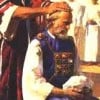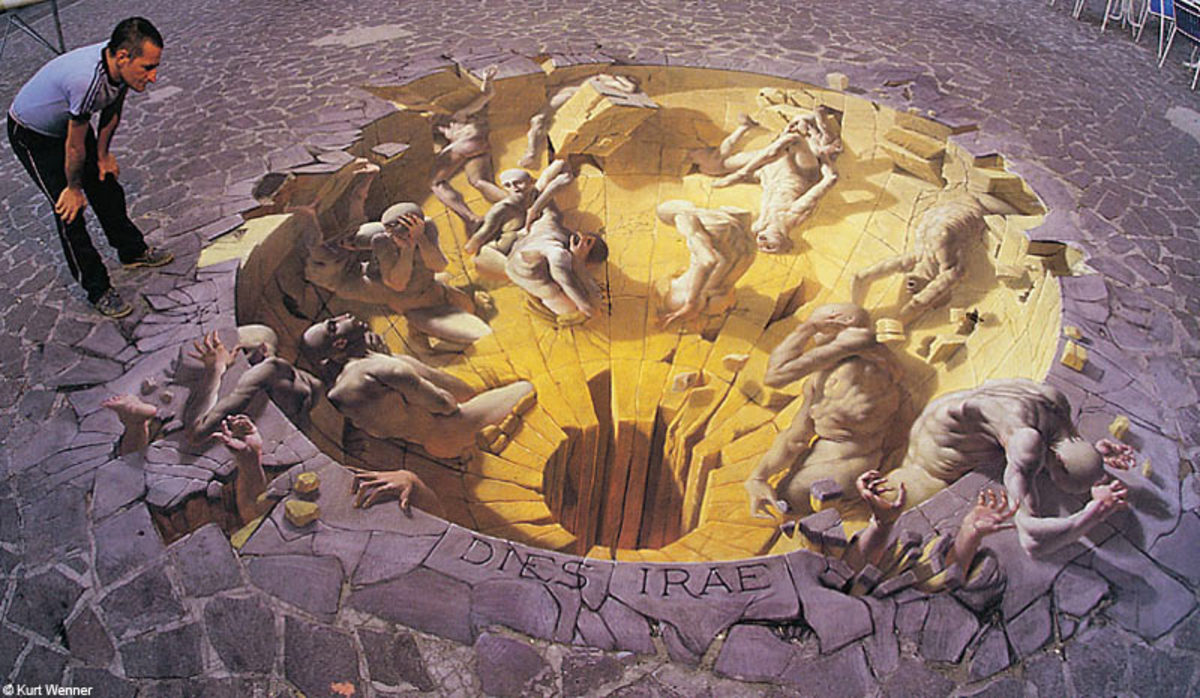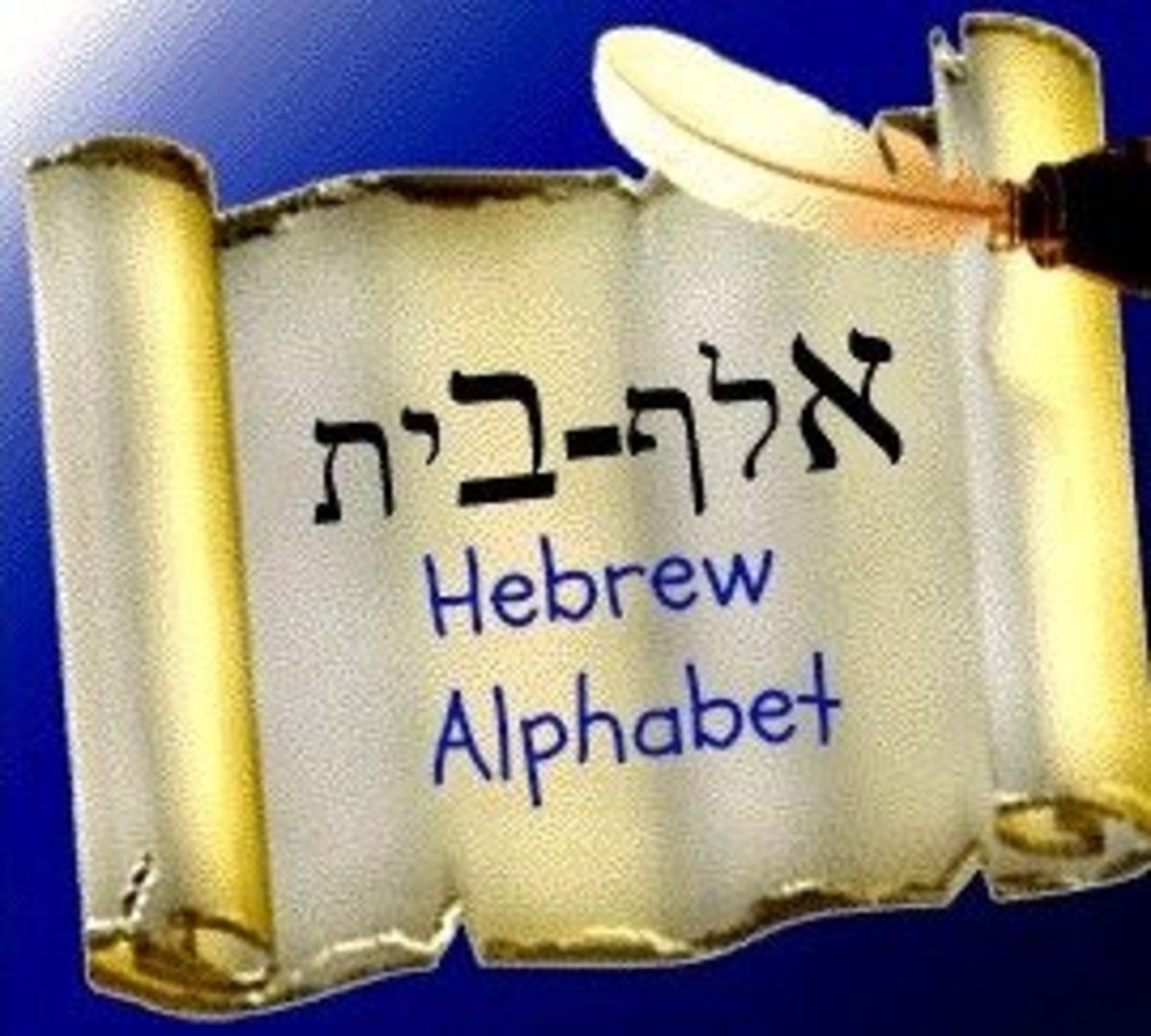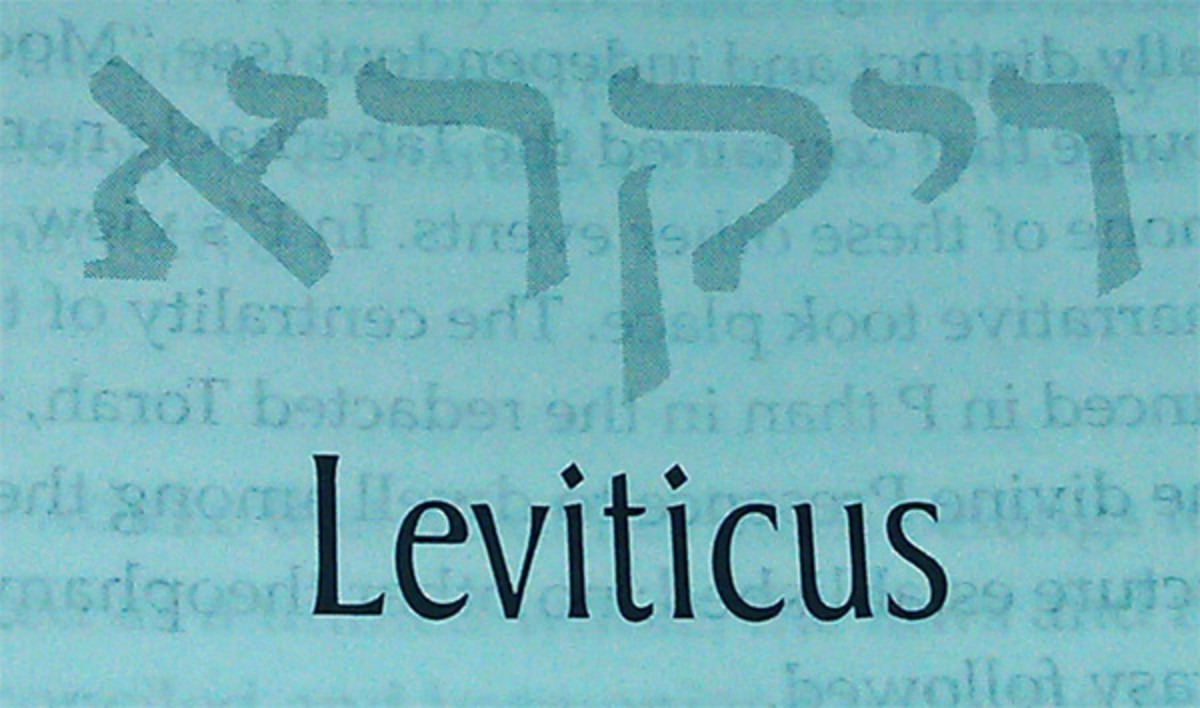A Karaite Yom Kippur
Yom Kippur also known as the Day of Atonement, is nearly upon us and it is the very last of the 10 Days of Awe, that period beginning with Yom Teruah on the first of the seventh month Tishrei. Yom Kippur by tradition was the day that Moses received the second set of the Ten Commandments after 40 days of preparation, which God’s way of saying that he forgave us for our episode with the Golden Calf and accepted that we were repentant. It was also the only day of the year that the High Priest was permitted to enter into the Holy of Holies and had to undergo a precise set of rituals before he was even permitted to stand before God. This sacred ritual included taking five dips in clean water, changing his clothes four times, and attending to the sacrifices, several of which were sin offerings and finally the release of the scapegoat chosen to have a ribbon tied about its neck, then run through the streets so that the people could heap their sins from the previous year upon it and then taken outside of the boundaries where the people dwelled and allowed to escape into the wilderness, thus taking the sins of the people with it. These acts of the High Priest, so much the essence of Yom Kippur and now completely forsaken by so many Rabbanite congregations as an archaic and useless tradition. I am not advocating that the tradition of the scapegoat needs to be adhered to literally, but to label these precepts, as ordained by God as archaic and outdated, is evidence that Rabbanite Judaism has forsaken much of the Torah in its claim to be the only representation of Judaism. By forsaking the Torah edicts on this most solemn and austere of sacred days the Rabbanites are actually saying they no longer adhere or recognize the laws of Judaism as passed down through Moses.

The Rabbinical Version
So if the Rabbis are not following the actual dictates of the Torah in regards to the practices on Yom Kippur then from where have they obtained all the rituals and rules that are performed on this most holy of days? The answer should be quite obvious by now, they created them. When they wrote the Talmud, they decided what should and what should not be done without reliance on the Torah. In the Mishnah tractate Yoma 8:1, the Rabbis laid down a lot of THOU SHALLs and THOU SHALL NOTs as if they were writing the ten commandments. There was to be no eating or drinking, no bathing, no anointing oneself with perfumes or oils, no wearing of leather shoes, and definitely no sex. Some have advocated the extreme that there should not even be any talking between men and women that day as it could possibly lead to sex. But when you examine the Torah or Old Testament, you find that none of these prohibitions are even mentioned. Leviticus 15 lays out the duties of the High Priest and Leviticus 23 only forbids the performance of work on this day by the congregation advising us to afflict our souls, not our bodies, which meant no flagellation as was practiced by other religions to demonstrate repentance. Generally, in order to afflict one’s soul the role of the populace was to reflect on the sins they had committed, what they needed to do in order to remedy them and pray for forgiveness while they awaited the High Priest to exit the Holy of Holies. If their reflection and prayers for forgiveness were successful, then the High Priest would return safely out of the Holy of Holies and the shofar or ram’s horn would be sounded. If God did not accept their prayers and chose not to forgive them, then the High Priest would never survive his entry into the Holy of Holies. With the safe exit of the High Priest, the people would rejoice and prepare to do what was right in the eyes of the Lord for the coming year. But after the destruction of the Temple, even though the repentance was not reliant on the existence of the Temple, since the same ceremony was performed in the tent of the Tabernacle long before the existence of the Temple, the Rabbis wrote the Talmud expunging he holy day’s focus from the High Priest and his purification rituals and advising the people that they would lead them to spiritual purification. Considering that the priestly caste were scattered throughout the Diaspora, it was not necessary for the Rabbis to eradicate their involvement but they did so because they could not afford to have individuals outside their own sphere of influence exerting such authority as intermediaries between the people and God. To maintain the recognition of this caste as stipulated in the Torah meant that the Rabbis had to relinquish the power they had gained when they overcame their Sadducean adversaries.
Contrary to the entire concept of repentance, praying for forgiveness, and repaying one’s debts for wrongs that they have done to others, the rabbis created the closing prayer Kol Nidre which releases all those who recite it from all of the vows that they will make in the coming year. Originally the prayer was designed to release the reciter from vows that they had made previously but didn’t keep so the son-in-law of Rashi, Rabbi Meir Ben Samuel thought it would be much more beneficial to have a release from future vows. A strange concept when you think about it because it meant that a person could intentionally make a false vow or promise in the future already knowing that he had no intention of keeping it. This concept is actually mind boggling when you examine it because the Torah clearly states in Deuteronomy 23 that , “When thou shall vow a vow unto the Lord thy God thou shall not be slack to pay it; for the Lord thy God will surely require it of thee.” What would be the point of making vows if you did not intend to keep them? In essence Kol Nidre was providing a license to lie. This is even further exacerbated by what the rabbis refer to as hattarat nedarim, or the undoing of vows. A man’s word, or bond was made worthless and by the statute of the Torah this concept is completely unacceptable. As Karaites we have always condemned the rabbis for creating a common practice that allowed anyone to annul their most solemn promises for whatever reason they desired to do so. Kol Nidre as the rabbis have used it has no place in Judaism. Our word must be our bond; not only between us and God but between us and our fellow men as well.
So upon this coming Yom Kippur, think about the actual intent of the day as it was described in Leviticus. Envision the High Priest entering into the Holy of Holies upon your behalf. And reflect upon those promises and vows that you made in the past year and think about how you intend to fulfill them. Pray for forgiveness of your sins and ask God to guide you in the coming year so that you do not repeat the mistakes of the previous one. And in doing that, rather than making great pretenses of performing rituals that have no foundation in the Torah, you will find the true meaning of the Day of Atonement.








